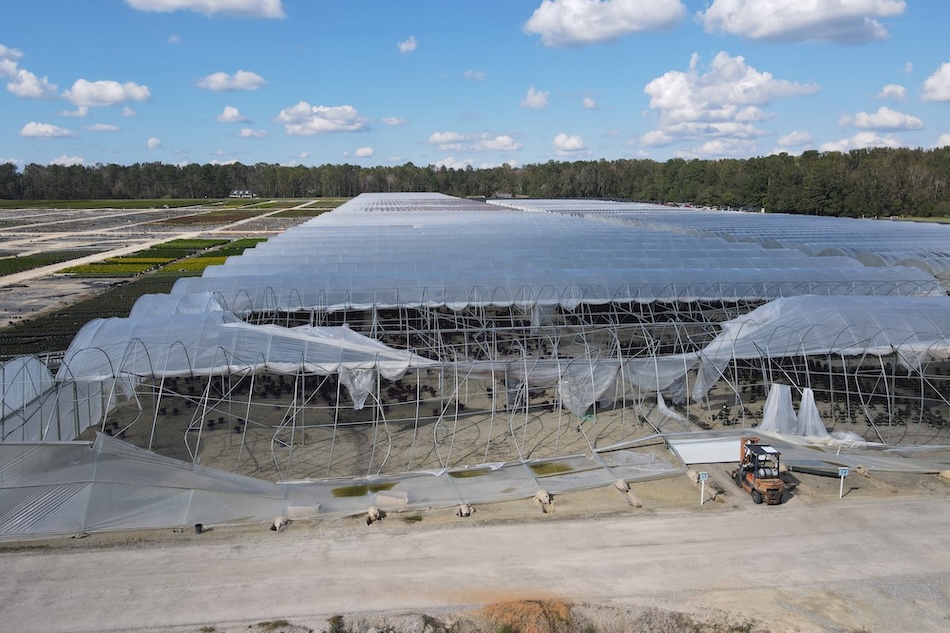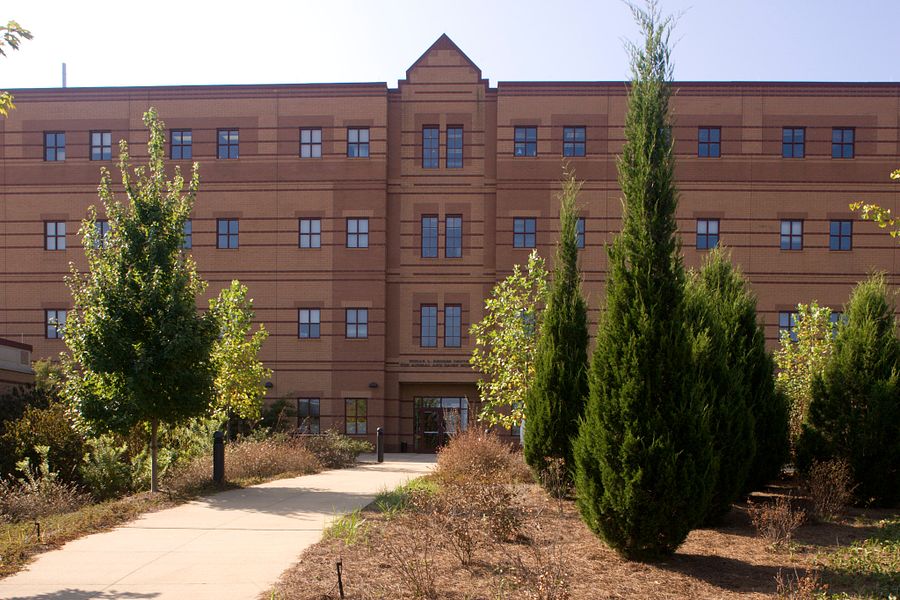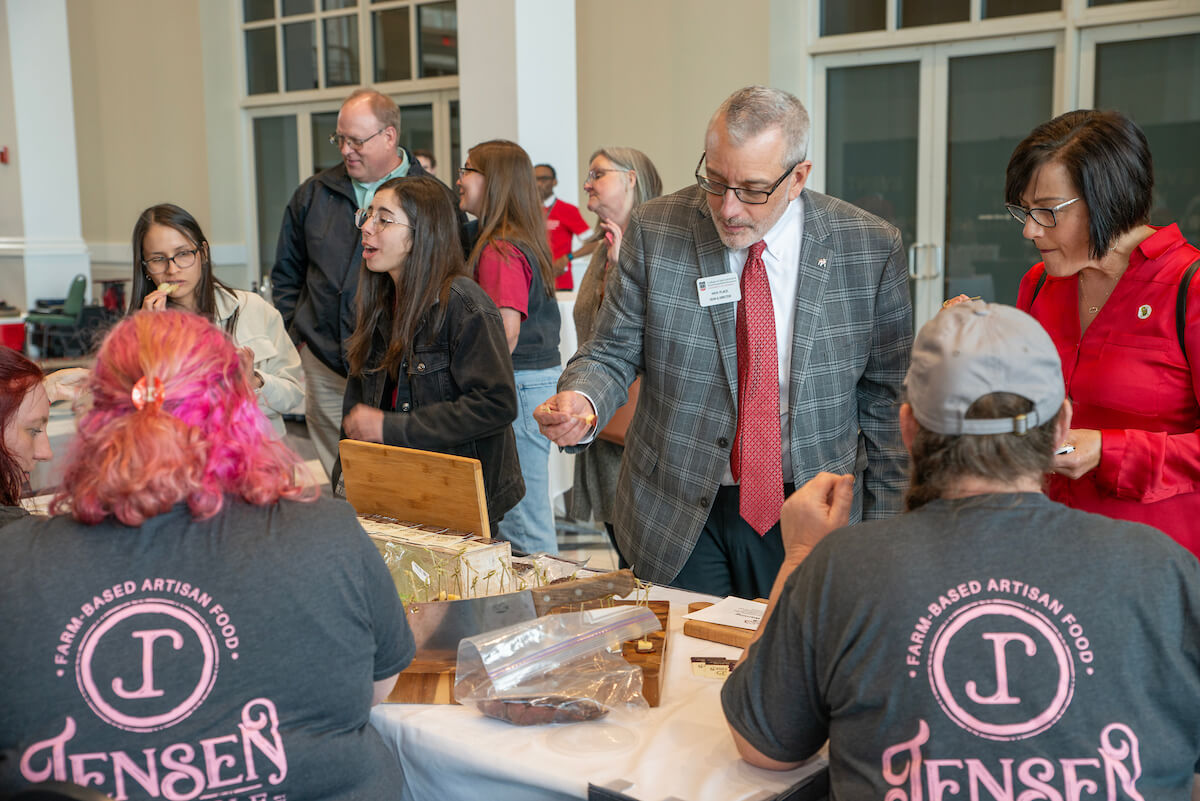By April Sorrow
University of
Georgia
Carl Varnadoe, the UGA Extension agent in Madison County, answered the call. He immediately visited the nursery, collected plant samples and took pictures. He submitted the pictures through the UGA Distance Diagnostics through Digital Imaging system. Within hours, the disease was identified. Experts with the UGA College of Agricultural and Environmental Sciences recommended fungicides to stop the disease.
“The problem turned out to be associated with their watering schedule,” Varnadoe said. “The sample showed Pythium and Rhizoctonia, or essentially root-rot.”
A quick response stopped the disease from spreading and prevented possible devastating plant losses.
“We saved the nursery a lot of money. In the nursery owner’s mind, we were heroes,” Varnadoe said. “Whether it is a commercial nursery like this one or someone’s heirloom roses, a fast, correct diagnosis is important.”
From bed bugs and aphids to root-rot and air potatoes, Varnadoe said he uses the system often to diagnose problems.
In 10 years, UGA Extension agents have submitted more than 23,000 samples through the system to quickly diagnose insect and disease problems. Almost every county in Georgia is equipped with a DDDI system, which includes a dissecting scope, a compound microscope, a camera that mounts on either microscope, a digital camera for use in the field, a computer, software and a printer.
Close to a 100 UGA diagnosticians log in to help solve problems across the state in aquaculture, biological and agricultural engineering, crop and soil science, entomology, forestry, horticulture and plant pathology.
The system was initially developed to serve as a biosecurity tool for early detection of exotic or introduced organisms. The UGA Consortium for Internet Imaging and Database Systems has developed and currently hosts DDDI systems for 12 other land-grant universities. Honduras became its first international client in 2005.
“DDDI digital samples mitigate the danger of spreading the threat posed by transporting physical samples from point source to diagnostic labs,” said Jennifer Gose, CIIDS project coordinator.
Time savings can be significant, she said. If each sample had to be packaged and shipped, it would take at least four or five days to reach the diagnostic laboratory.
“The entire process, from taking the image to a specialist responding to the problem, can take place in just a few minutes,” Gose said. “Time is of the essence when dealing with biological agents that are easily spread, highly infectious, rapidly multiply and can have high economic consequences.”
DDDI helps diagnose and recommend treatment for a problem before it gets out of control. Farmers can save a lot of time and money when a disease or pest problem is found early.
Last year, Laura Griffeth, a UGA Extension agent in Webster County, used the DDDI system to diagnose a problem plaguing snap bean farmers in the area. Diagnosticians determined soil temperatures were still too hot to nurture the budding beans and recommended postponing planting until soil temperatures cooled. The decision saved two farmers $22,000 in seed cost alone.
The system doesn’t just help with plant loss. A few years ago, a child in Ben Hill County ate some berries from an unidentified plant. Pictures of the plant were sent through DDDI. Seven minutes later the plant was identified as the poisonous American nightshade. The child needed immediate medical attention and got it in time.
Incidents associated with snakes, mushrooms, spiders and others things have been resolved using the system, too.
For more information on the DDDI visit www.dddi.org/. Or contact your local UGA Extension office by calling 1-800-ASK-UGA1.
(April Sorrow is a news editor for the University of Georgia College of Agricultural and Environmental Sciences.)






